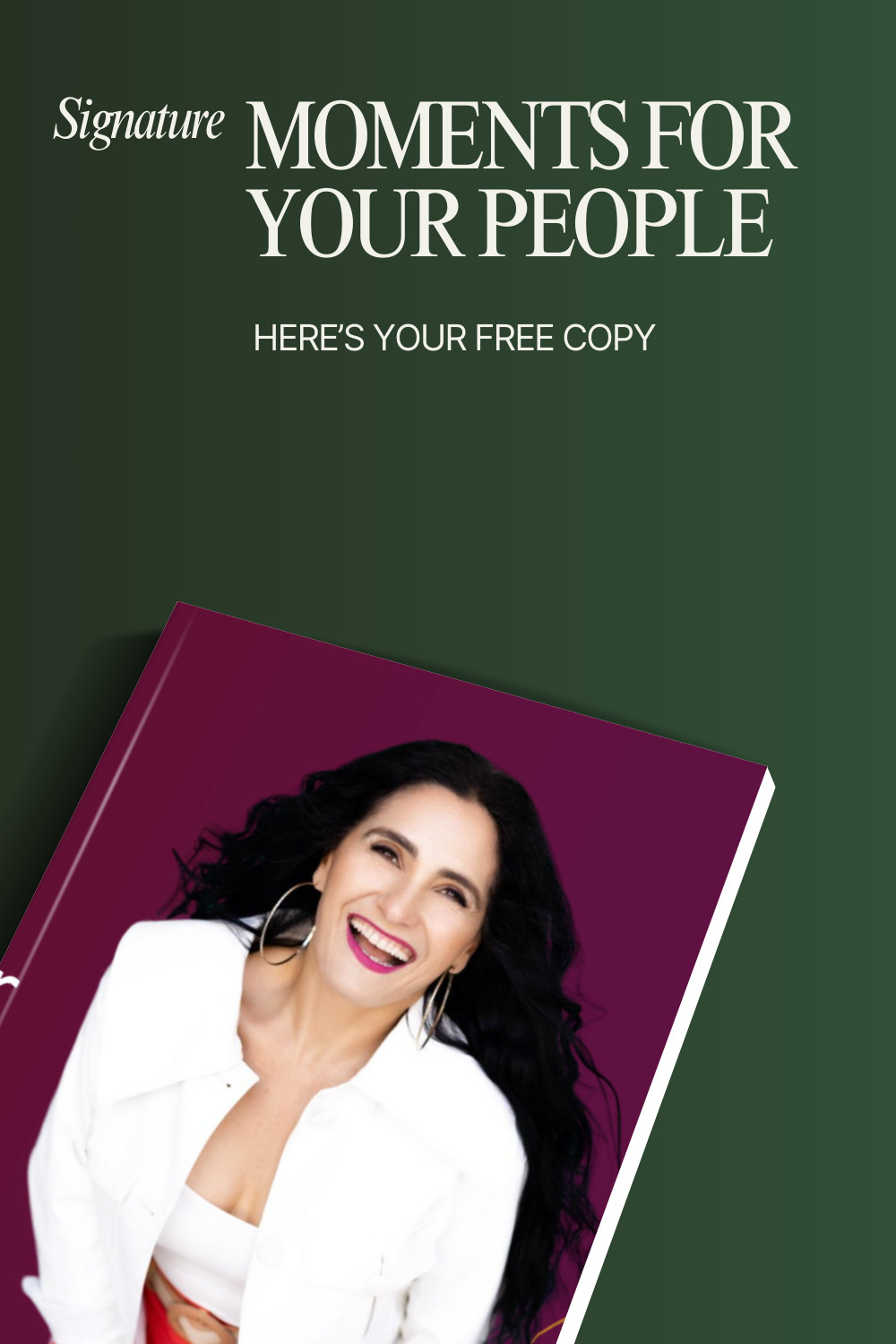I love the work of Amy Edmonson. Her seminal research on psychological safety provided the framework for Google’s Project Aristotle, a now infamous case study on what makes teams effective. Google made psychological safety cool but Amy’s work had begun decades before. This article, published in HBR about a month ago links psychological safety to developing a hybrid workplace. Basically, Amy and her co-author Mark Mortenson posit that candid and brave discussions are required to address ’employees’ inevitable anxieties about office arrangements’, so the team climate has to be high in psychological safety to enable that.
“Having psychologically safe discussions around work-life balance issues is challenging because these topics are more likely to touch on deep-seated aspects of employees’ identity, values, and choices. This makes them both more personal and riskier from legal and ethical standpoints with respect to bias.”
They suggest the inevitable ‘5 steps‘ but really I believe it takes compassion and lots of dialogue to get this right. Creating the hybrid workplace is not about planning logistics around proportion of staff you have in the office on any one day to comply with safe distancing requirements. It takes open and frank dialogue with teams and individuals and a willingness to empathise and ACT on concerns. A hybrid working model requires us to show we care about the life circumstances of our employees. Can we really do that within our traditional business models and ways of working? I suggest no.
What Psychological Safety Looks Like in a Hybrid Workplace
“I Do Not Trust People in the Same Way and I Don’t Think I Ever Will Again”




